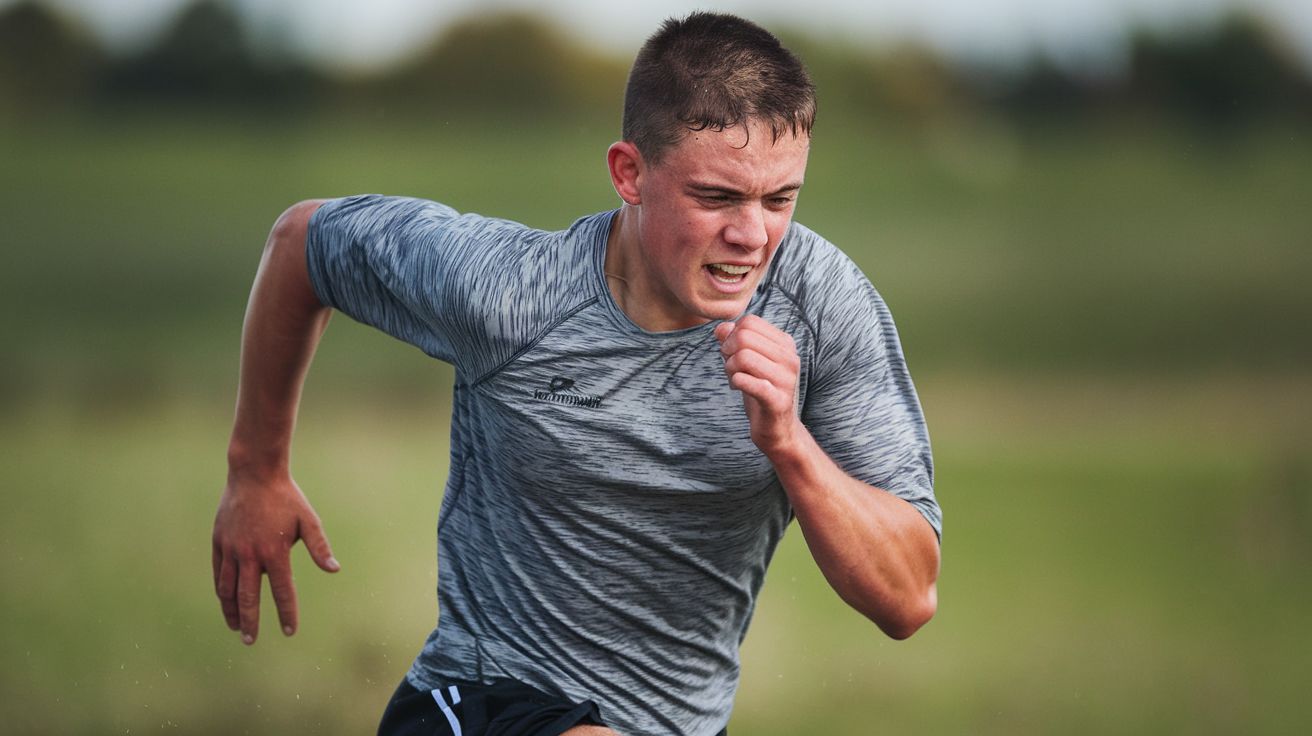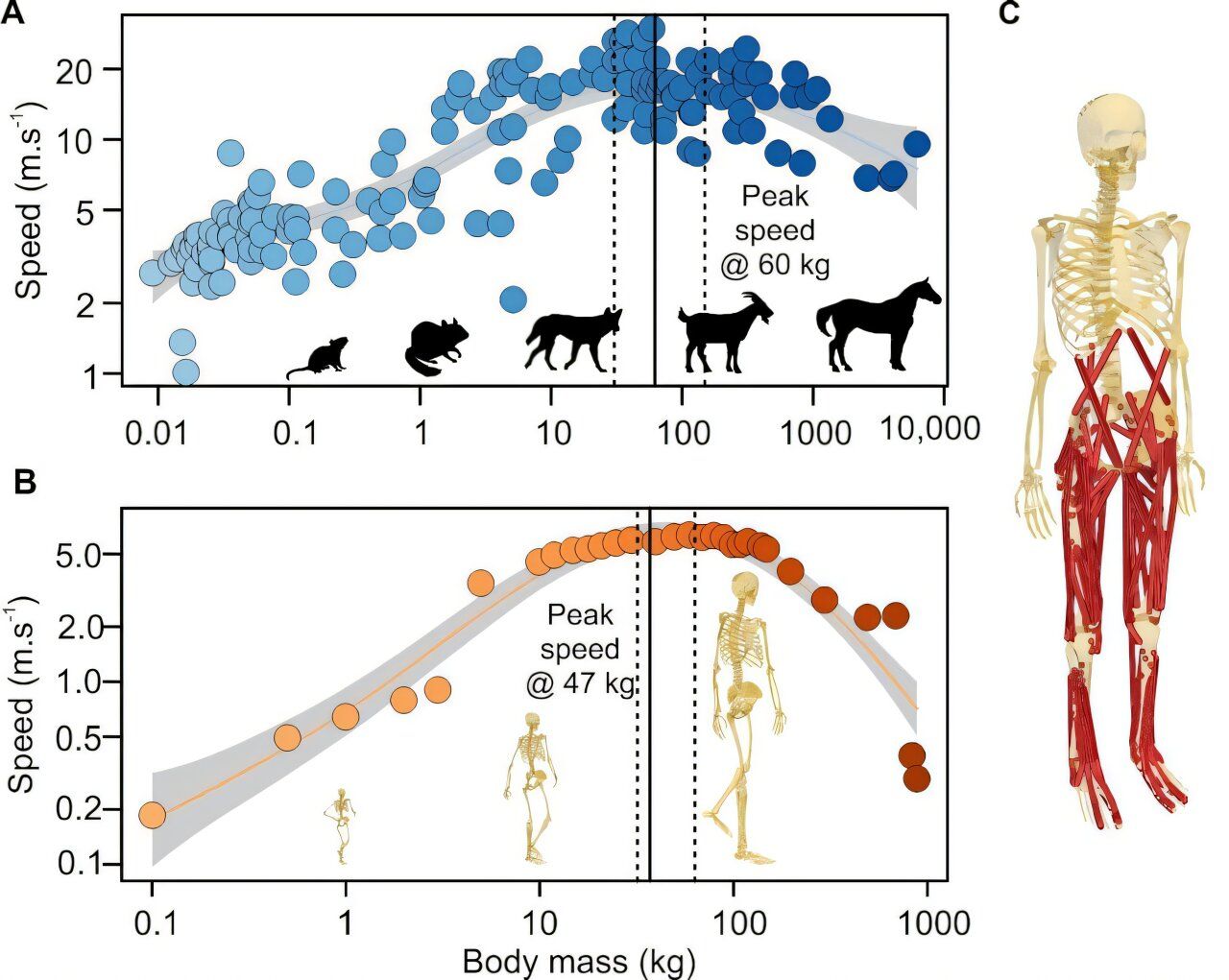Humans are almost the ideal size and weight to reach maximum speed: the figures 🏃♂️
Follow us on Google News (click on ☆)

A team of researchers sought to answer this mystery by simulating human models of various sizes. With the help of a computer model, they were able to adjust the size of the virtual human, from the size of a mouse to that of a horse, and observe the consequences on maximum attainable speed.
This model, developed since the 2000s with the software OpenSim, faithfully reproduces the bones, muscles, and tendons of the human body. Used in multiple research fields, it allows scientists to study human movement and simulate the effects of surgery. In 2019, Belgian researchers took the simulation further by asking the model to find the best muscle combinations to achieve a given speed, without any human intervention.
In this new study, the scientists varied the model's size, from 100 grams (3.5 oz) to 2,000 kg (4,400 lbs). They discovered that the largest models couldn't move, while those weighing 900 kg (2,000 lbs) were close to the limits of human movement. The model achieving the greatest speed weighed approximately 47 kg (104 lbs).
The key lies in the muscular force required to reach high speeds. The larger the animal, the harder it is for its muscles to generate enough force to propel it quickly. In fact, larger muscles have a reduced cross-sectional area relative to their mass, which limits their efficiency.

Intermediate-sized animals, like the cheetah, generally achieve the highest speeds. Computer models of humans, resized from the size of a mouse to that of a horse, reveal a similar pattern. This highlights the underlying biomechanical reasons.
Conversely, miniature models, despite having relatively stronger muscles, struggle to stay in contact with the ground due to their low mass. They have to adopt a lower posture to generate enough force without leaving the ground, thus limiting their running speed.
Thus, this compromise between ground force and stride frequency favors an intermediate size, where mass is perfectly balanced. For humans, this optimal size is around 47 kg (104 lbs).
This research suggests that evolution has already reached a balance between speed and body mass in humans.